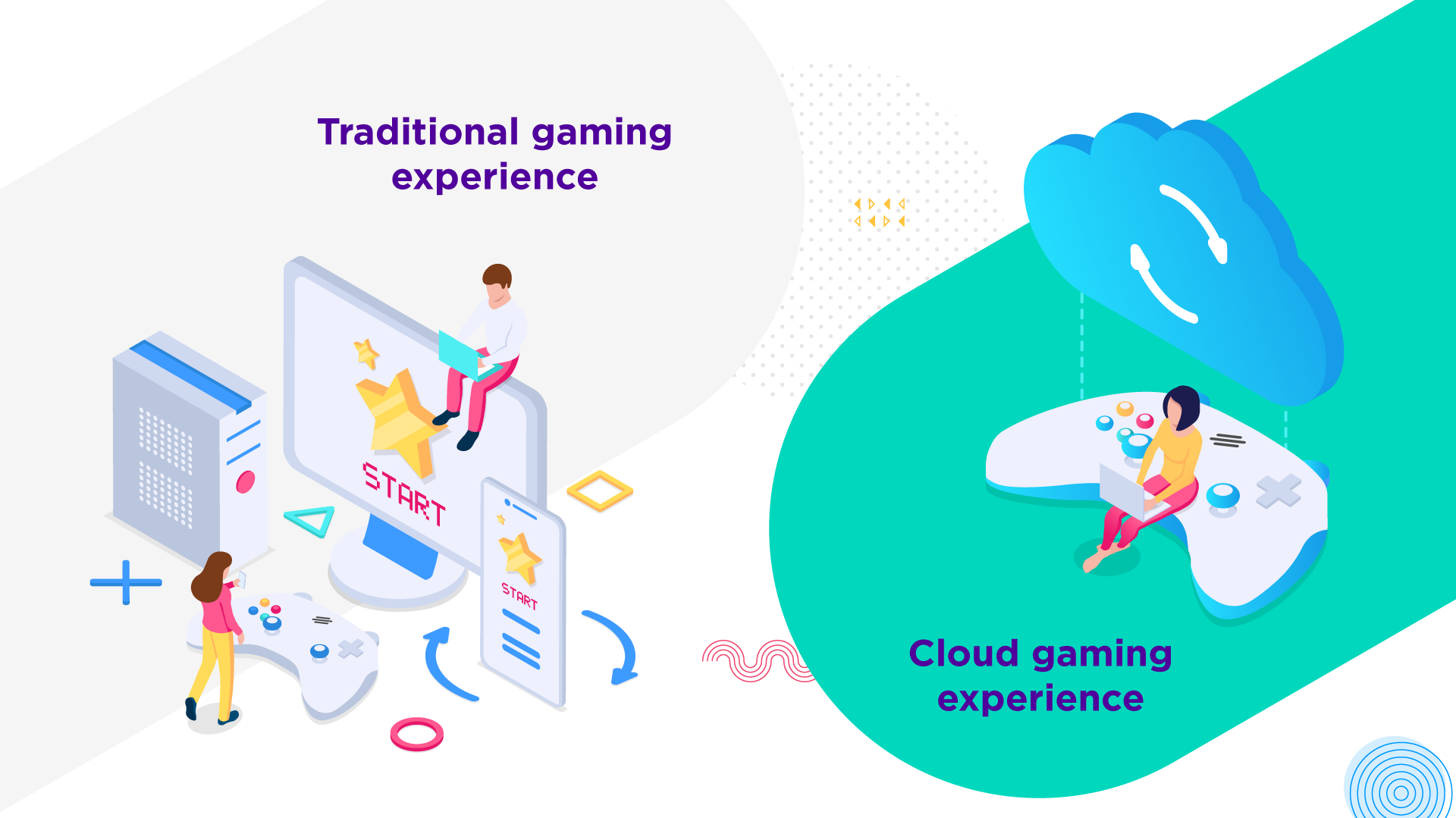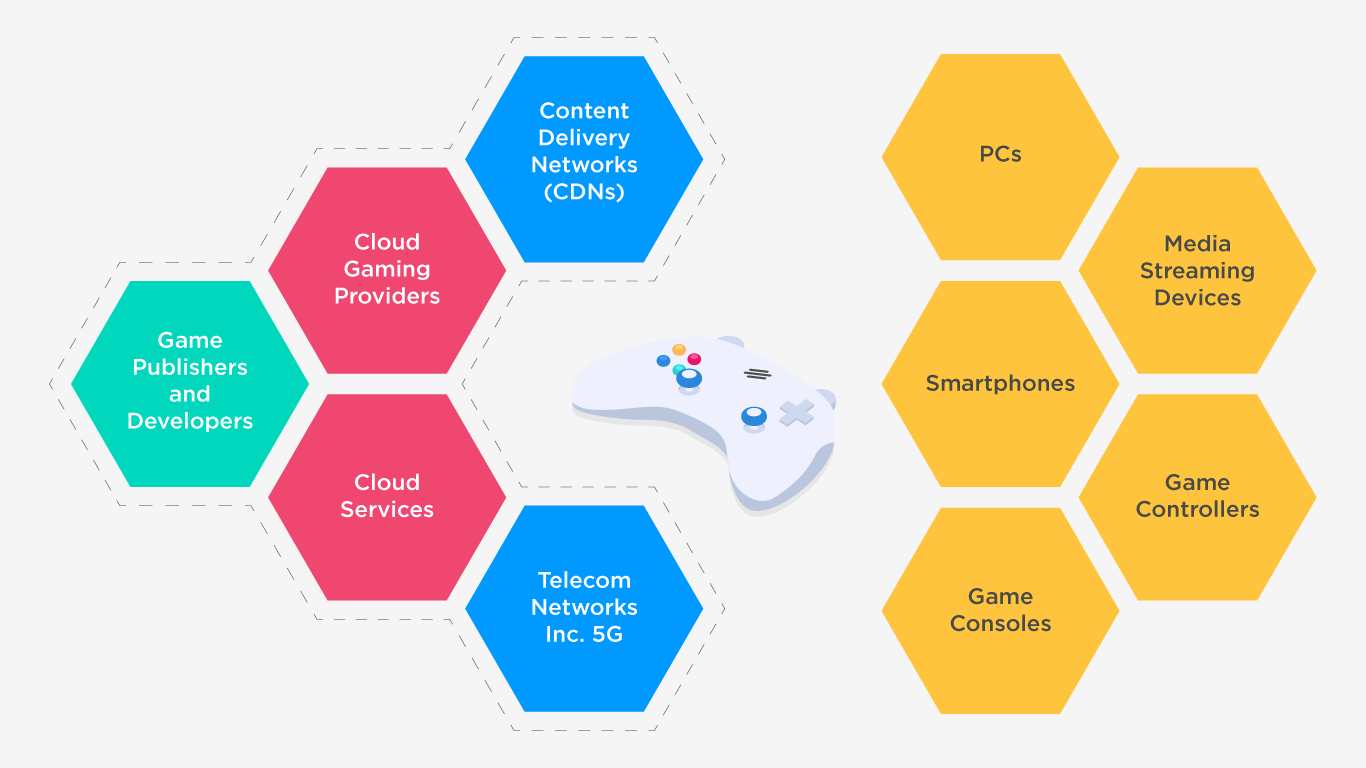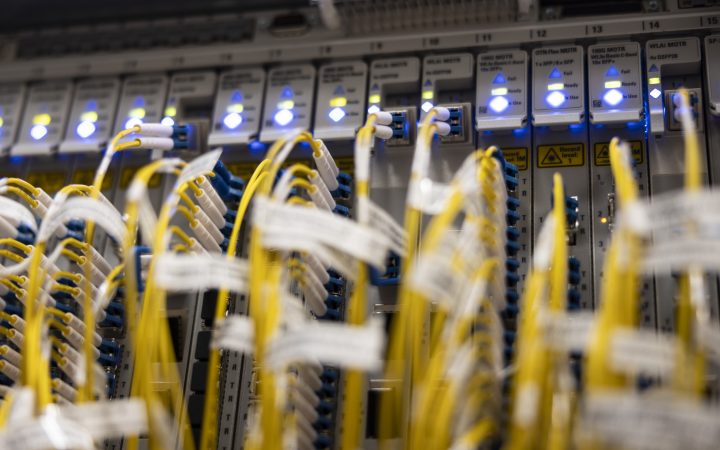There are few things the gaming community dislikes more than lag. This issue has negatively impacted the experience since the dawn of online gaming, and the improvement to game mechanics, graphics, and the increasing number of online players have only added to the frustrations caused by a highly latent network. If this is a problem for online games, where much of the processing is done at the user end device, what's going to happen when processing is performed in the cloud?
What is cloud gaming?
Cloud gaming and online gaming are similar but different. The biggest difference here is where the gameplay is processed. Whether you are a mobile, computer or console gamer, your owned device is where the processing of information takes place. This can be as simple as a players movement - I press the forward arrow, and my avatar steps forward. You see this action because your device has recognised the input, does some internal digital wizardry and you can see these interactions on your screens. What cloud gaming does is remove the need to own any hardware required to process games so they can be played at 4K and 60 frames per second (FPS). All you need, is a screen and input. Like with all digital migrations to the cloud, the user's console is now sitting in a data centre.

To put it simply, cloud gaming is a video stream that you can manipulate within the game mechanics. The video information is sent from the cloud to your screen in the same way that YouTube or Netflix is streamed to your screens. With all the processing taken care of in the cloud, all a user needs to have is a stable internet connection to their nearest server, which could be 100 kilometres away. Here we can already see how factors such as bandwidth and latency can start to become an issue.
What does it look like from a network perspective?

While much of the streaming from the connectivity layer to the device layer is managed by B2C service providers over the public internet, a dedicated/private connection from the content to the connectivity layer offers huge benefits to the end-user. This connection could be fully managed and offers a stable, flexible connection, with scalable bandwidths from the game publishers to your servers.
Can we bring the cloud closer to you?
Bringing the cloud closer to you and your end-customers is an infrastructure challenge, which comes with no small amount of investment. That being said, over the last couple of years Colt has densified our fibre network in Europe, Asia Pacific and North America extending to over 212 cities globally, which means that your end-user is never too far away from your servers. By connecting to over 200 cloud on-ramps, Colt is well placed to lower latency for your end-user, and our Cloud Services offer a flexible and scalable solution that can grow along with your business.




